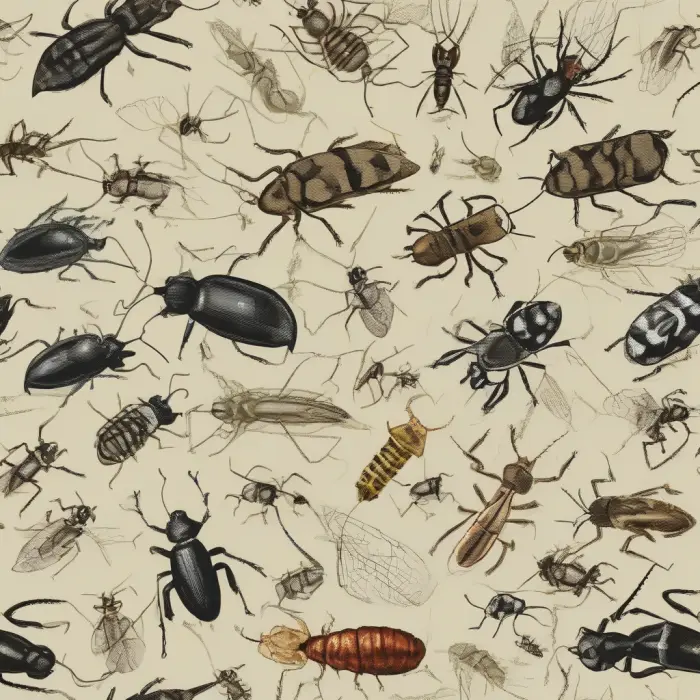Strange and Surprising Facts About the World of Nanotechnology
Nanotechnology, derived from the Greek word 'nano' meaning 'dwarf', is a branch of science that explores the smallest conductive particles and manipulates them at their atomic levels. These minute particles, termed nanoparticles, are manipulated and controlled to perform functions that have an enormous impact on our lives. Its scope includes technology, medicine, environment, energy, and more. Let's delve into some surprising and strange facts about this microscopic realm that has monumental implications for our world.
1. The Scale of Nanoscience is Infinitesimal
One nanometer is equal to one billionth of a meter. To put that into perspective, a single sheet of paper is roughly 100,000 nanometers thick, and a single human hair is approximately 80,000 to 100,000 nanometers wide. This gives an inkling of how minute and delicate the world of nanotechnologies is.
2. It's Not a New Phenomenon
The existence and usage of nanotechnology are not entirely new. In fact, it has been used for centuries. For instance, ancient Romans used nanotechnology to create a mesmerizing color changing effect in the Lycurgus Cup. The fourth-century chalice used nanoparticles of gold and silver, embedded in the glass to display different colors based on the direction of the light. Early Indian blacksmiths unknowingly applied nanotechnologies to forge legendary Damascus steel swords which had exceptionally sharped edges and resilient blades.
3. Nanoparticles Can Penetrate Skin
Due to their small size, nanoparticles can easily penetrate the skin. This property is prominently used in the cosmetic industry where creams and lotions carry nanoparticles that penetrate the skin to give desired effects. Moreover, in the medicinal world, targeted drug delivery makes use of this property to direct drugs to affected cells without impacting the healthy ones.
4. Nanotechnology Can Make Things Invisible
An astonishingly strange fact about nanotechnology is that it can manipulate light to render objects invisible. This is achieved by creating specific 'metamaterials' at the nanoscale, capable of bending light around an object, making it seemingly disappear. This fascinating development, however, is still in its infancy.
5. Nanobots
Nanotechnology has paved the way for the creation of nanobots. These microscopic robots, when introduced into human bodies, have the potential to carry out medical procedures and drug deliveries at a cellular level. They could cure disease and even repair tissues from within. While we have not entirely reached the age of nanobots, ongoing research in this direction indicates a promising future.
6. The Lotus Effect
A fascinating aspect of nanoscience is the replication of naturally occurring phenomena, like the so-called 'Lotus Effect'. The lotus leaf, which appears incredibly smooth, is, in fact, rough at a nanoscale level. This nanostructure enables the leaf to repel water and dirt effectively. This principle has been applied in creating self-cleaning materials in nanotechnology.
In conclusion, nanotechnology, though almost incomprehensibly small, holds gigantic potential for the future of humankind. The more we delve into this microscopic world, the more strange and surprising facts we uncover. The possibilities are boundless in this fascinating world of Nanotech.










